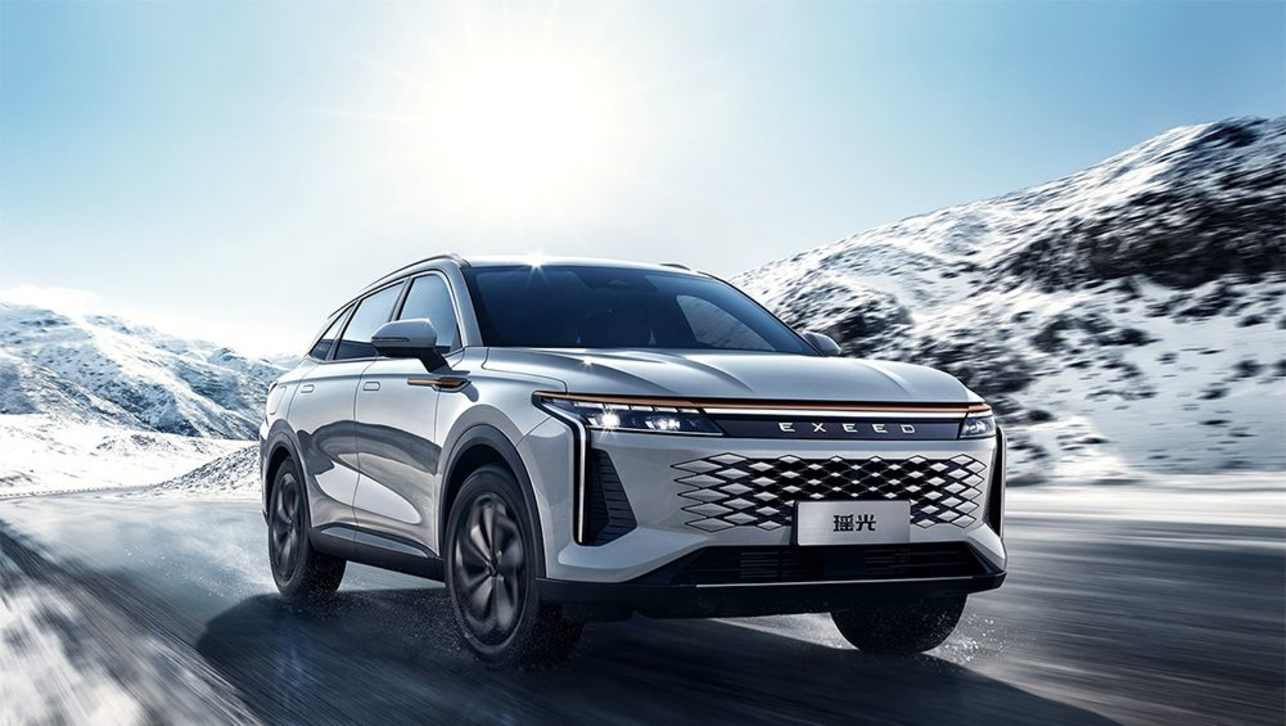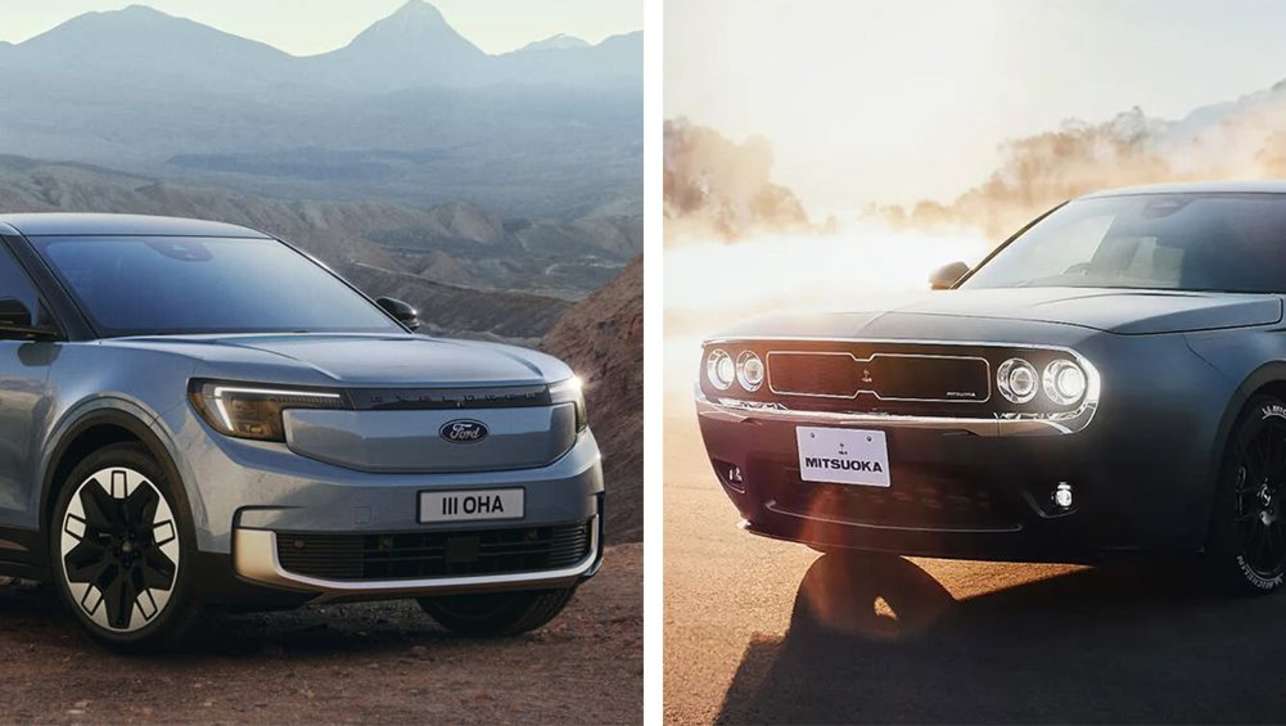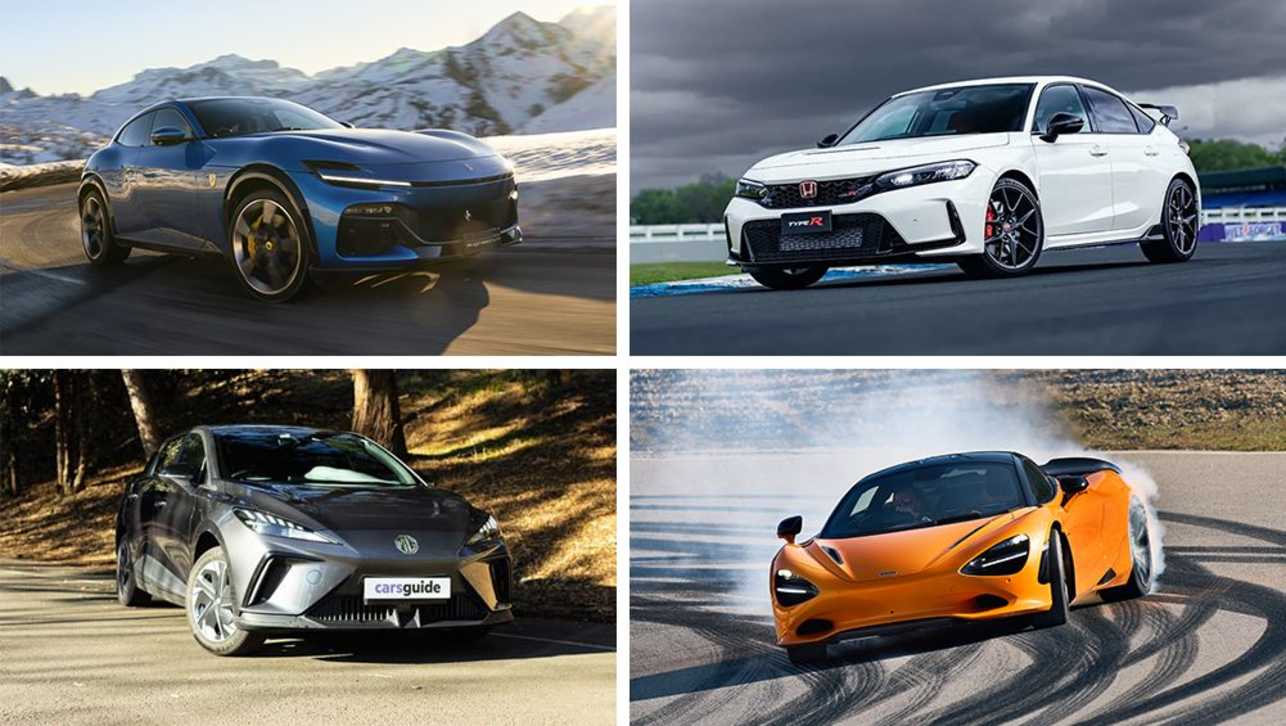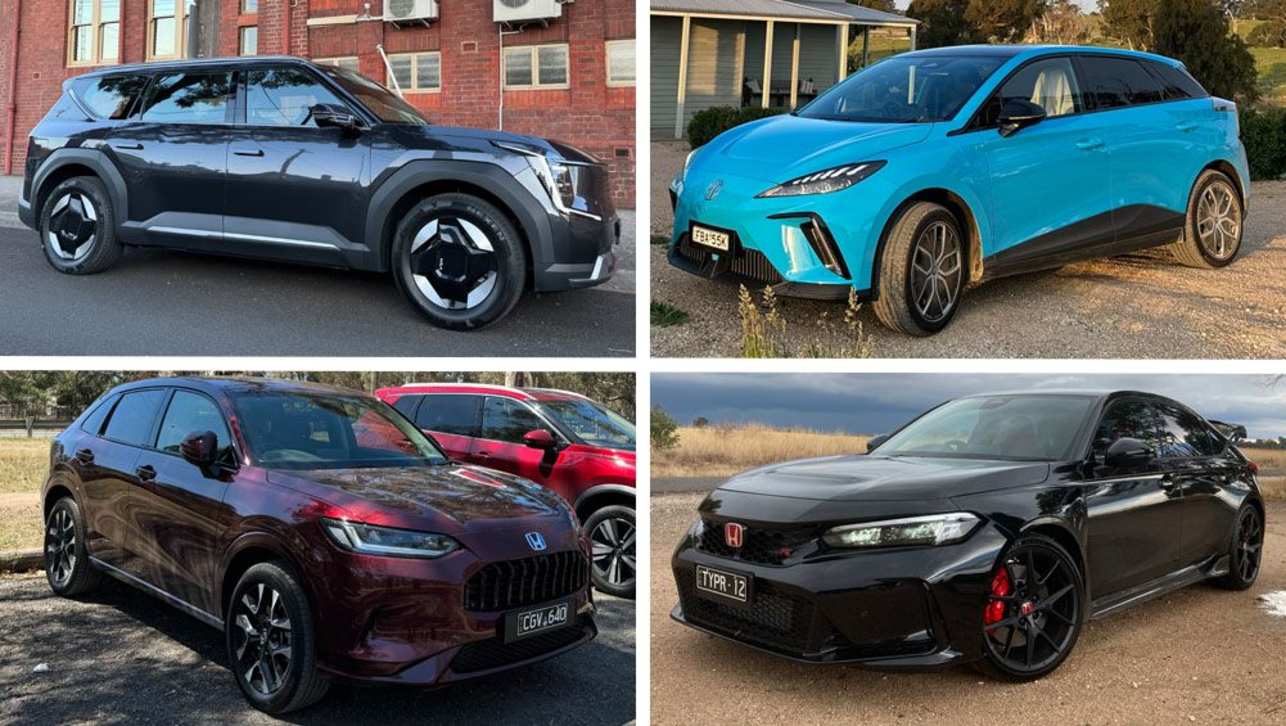Affordable performance cars are a lot like hamburgers. Once they were simple, plentiful and didn’t cost the earth. Nowadays you’re lucky to get any change from $10 for a meat patty between some bread.
The same is true of performance cars, in particular the sub-$30k and sub-$40k markets, which have all-but-disappeared thanks to a combination of inflation and inflated ideals. Spin the clock back a decade or so and the likes of the Ford Fiesta ST, Volkswagen Polo GTI and Toyota 86 were all available for less than $30,000, putting them within the reach of fiscally responsible young driving enthusiasts.
This isn’t meant to be a sob story for millennials or a criticism of boomers, instead my disappointment is directed at the car makers. While there are clearly some mitigating factors that have driven up prices, such as inflation and the pressure on the global supply chain, the reality is even looking beyond those difficulties the affordable performance car is in danger of disappearing due to other factors.
The hunt for ever-increasing performance has led many brands down a path of expensive powertrains and complex handling systems, such as electronic limited-slip differentials, dual-clutch transmissions and all-wheel drive systems.
Even without that, prices have sky-rocketed, and one car exemplifies this trend more than any other - the Toyota 86. When it first arrived in 2012 it was a game changer, a rear-wheel drive performance coupe for less than $30k thanks to its starting price of $29,990 before on-road costs.
The new-for-2022 model is a whopping 44 per cent more expensive, starting at $35,490, despite featuring an updated chassis rather than an all-new one and only a minor change under the bonnet; with a 2.4-litre four-cylinder engine replacing the 2.0-litre.

The saving grace for Toyota is even at its new $35,490 asking price the GR86 remains one of the most affordable options as all of its would-be rivals have equally jacked up in price.
Let’s look at two more recent examples than the Toyota, namely the Hyundai i30 N and the Honda Civic Type R, two of the best hot hatches on the market today. No one should argue they aren’t good cars and I’m a big fan of both, but in the last five years both have had significant price increases.

Hyundai made a real statement when it arrived with its first hot hatch starting at just $39,990 in 2018, undercutting its arch-rival the Volkswagen Golf GTI (which started at $41,490 at that time but has since jumped up more than 30 per cent to $55,490).
But despite only a relatively minor facelift since 2018, the i30 N has jumped up to $46,200 - a 15 per cent bump. That will put it out of reach of a number of potential buyers as $40,000 is either an actual financial or psychological barrier for many.

Hyundai has been a newcomer to the performance party and having laid the foundation with the affordable i20 N, i30 N and Kona N, it has been able to introduce the $111k Ioniq 5 N electric performance car. How many people would have been willing to spend six-figures on a Hyundai hot hatch without the brand having success at the other end of the market, allowing people to take a chance on them when they were unproven? My guess is not many. Having an affordable range of hot hatches allowed Hyundai to dramatically expand its reach and transform its image, paving the way for more expensive models - but you can’t start at the top end of the market.

Then there’s the Honda, which truly is one of the best performance cars on the market but is now so far from affordable, calling it a ‘hot hatch’ seems inapproriate for the price you’re paying. A hot hatch was originally meant to be a simple small car made sporty and sold to the masses, and none of those criteria apply to the Type R.

Back in 2018 the previous Type R pushed the boundaries of both performance and affordability with a $50,990 asking price. That was a lot more than its competitors - more than $10k above the i30 N - but you could rationalise it based on its superior performance.
The latest model costs a staggering $72,600 drive-away, which is a shocking amount of money for a hot hatch. At this rate the next Civic Type R will cost six-figures and end up in the same price territory as Porsche.
It’s all well and good to make these fantastically fast and capable cars, but if they continue to move out of reach of the masses, who will buy them? How will they remain sustainable?

If you’re going to charge these big dollar amounts, performance cars like the Toyota GR86, Mazda MX-5 and the hot hatches will cease to make sense to consumers. Why spend as much money on a hotted-up hatchback as you used to on a Porsche or Lotus?
Obviously, these modern hot hatches and small performance cars are a lot faster and loaded with more technology than ever before. But what’s the point of making something so fast and so advanced that it becomes unobtainable for most of the car-buying public?

When the 86 arrived in 2012 it was a breath of fresh air, a genuinely affordable rear-wheel drive coupe that had widespread appeal. The same was true of the original Volkswagen Golf GTI or even the Mini Cooper S. But over time these cars have creeped slowly but surely out of the reach of those who could once afford them and into a more premium territory that limits the audience to only those with a higher level of disposable income.
Which is a shame, because cars like the 86, Golf GTI, i30 N and Civic Type R should be accessible, not elitist. I'm not saying these cars are no longer great, in fact, they may be the best versions they've ever been. But, just like a hamburger, hot hatches and simple performance cars need to remain obtainable and good value, there will always be room in the world for a fancy burger costing $50 or more, but no-one wants to spend that kind of money on a Big Mac…







.jpg)

.jpg)

.jpg)

.jpg)
.jpg)

.jpg)





.jpg)






.jpg)
Comments